Music can be therapeutic for listeners as well as the artists who create it. Musicians commonly turn to songwriting to deal with personal issues or as a way to process things they see in the world. Sometimes, those songs become incredibly popular with listeners who may miss the deeper meaning of the lyrics. These nostalgic songs were all over the radio upon their initial release, but their catchy melodies hid dark meanings.
Videos by American Songwriter
Today, we’re going to roll back the clock and look at four nostalgic hit rock songs with dark meanings. Some tell sad stories pulled from the headlines. Others see the songwriters baring their souls to a worldwide audience. At the same time, they were all major hits that we still sing along with when they come on.
1. “Jeremy” by Pearl Jam
Pearl Jam released “Jeremy” in 1992 as the third single from their 1991 debut album Ten. It was a No. 5 hit on what are now the Mainstream Rock and Alternative Airplay charts. It received much airplay on rock radio, and the video was on heavy rotation on MTV in the early ’90s. The true meaning behind this hit song is both dark and sad.
While most listeners know that “Jeremy” is a dark song, some may not know it’s a true story. Eddy Vedder was inspired to write the song after reading an article in the Dallas Morning News about Jeremy Wade Delle, a student who took his own life in front of his second-period English class at Richardson High School in Richardson, Texas. The tragic event took place in front of the teacher and approximately 30 high school sophomores.
2. “Under the Bridge” by Red Hot Chili Peppers
Anthony Kiedis wrote “Under the Bridge” and Red Hot Chili Peppers released it as the second single from their album Blood Sugar Sex Magik in 1992. The song peaked at No. 2 on the Billboard Hot 100, giving the band their biggest hit. While the track’s emotional weight is obvious, some listeners may not know how heavy it is.
“Under the Bridge” sees Kiedis dealing with his loneliness, substance abuse issues, and the overdose death of original RHCP guitarist Hillel Slovak. At the time, he was still mourning the loss of his friend and bandmate. At the same time, he was watching John Frusciante and Flea become close friends, making him feel left out. “I started freestyling some poetry in my car and putting the words to a melody and sang it all the way down the freeway,” he wrote in his book, Scar Tissue. “When I got home, I got out my notebook and wrote the whole thing down in a song structure, even though it was meant to be a poem to deal with my own anguish,” he added. Fortunately, producer Rick Rubin found the poem and convinced Kiedis to record it.
4. “Semi-Charmed Life” by Third Eye Blind
Third Eye Blind released “Semi-Charmed Life” as the lead single from their self-titled debut album in 1997. It was an early hit for the band, peaking at No. 4 on the Billboard Hot 100 and topping the Modern Rock Tracks and Mainstream Top 40 charts. The song is endlessly catchy and still gets airplay, but the upbeat instrumentation hides a dark meaning.
The describes someone spiraling into addiction to crystal meth. The band mentions the drug by name in the lyrics. However, the radio edit of the song distorts those words. There’s another layer to the song’s meaning as well. “It’s a song about always wanting something. It’s about never being satisfied, and reaching backwards to things that you’ve lost and towards things that you can never get,” Third Eye Blind frontman Stephan Jenkins explained. “The storyline between the people, the demise of the relationship, is just an extreme example of that condition,” he added.
4. “The Way” by Fastball
Written by lead singer Tony Scalzo, Fastball released “The Way” in 1998 as the lead single from their sophomore album All the Pain Money Can Buy. It was a huge hit, topping the Billboard Modern Rock Tracks chart for seven weeks. The lyrics seemingly portray a couple on some romantic voyage. However, the true meaning of this song is much darker.
According to Songfacts, Scalzo wrote the song after reading a series of articles about Lela and Raymond Howard in the Austin American-Statesman. The elderly couple from Salado, Texas, left home to attend the Pioneer Day Festival just ten miles from their home. However, they never made back. Mrs. Howard suffered from Alzheimer’s disease, and Mr. Howard was recovering from brain surgery. The couple’s bodies were found in Hot Springs, Arkansas, 400 miles away from their destination.
Featured Image by Kevin Estrada/Shutterstock


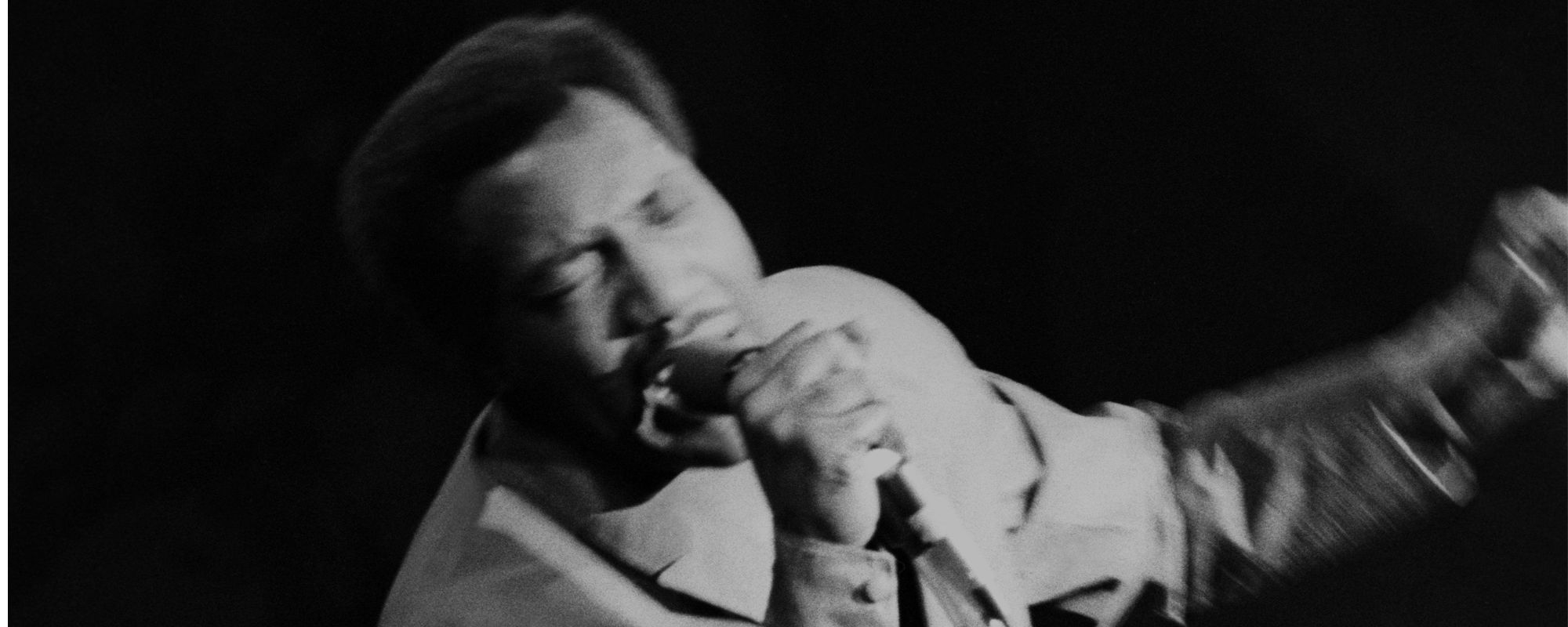
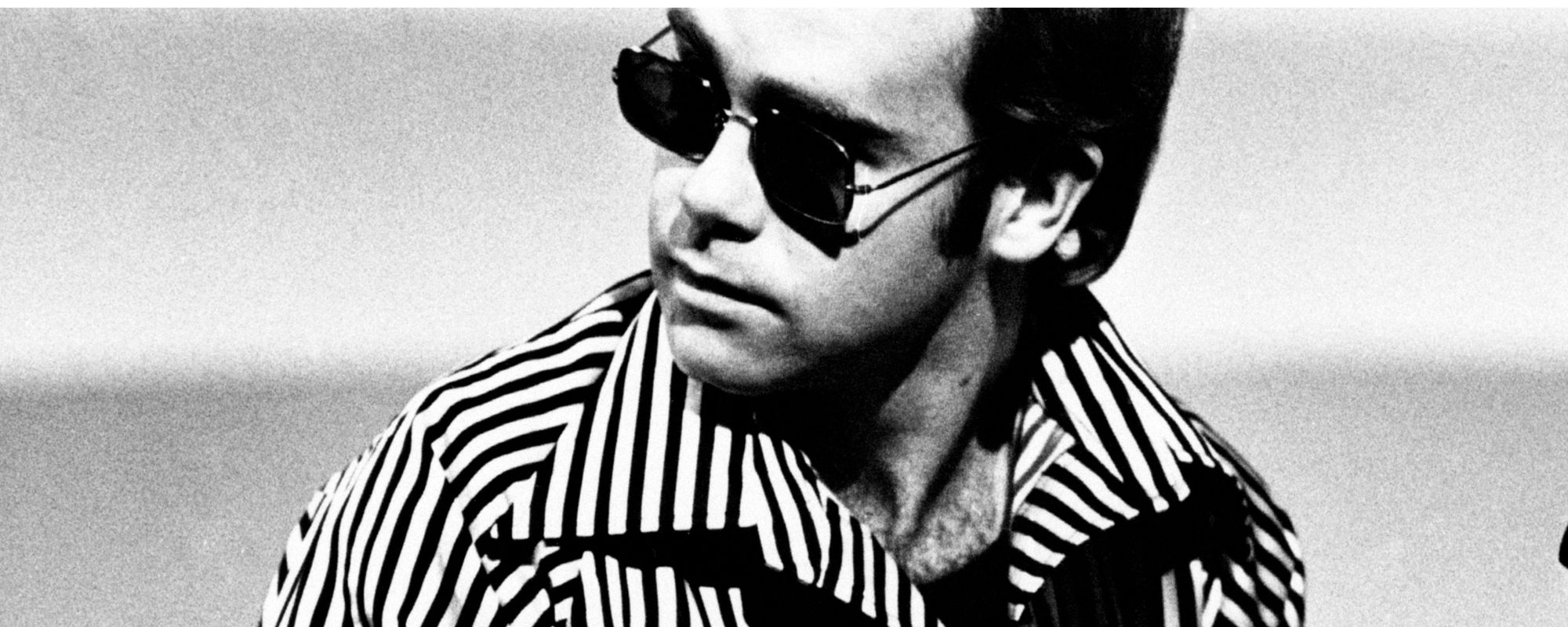

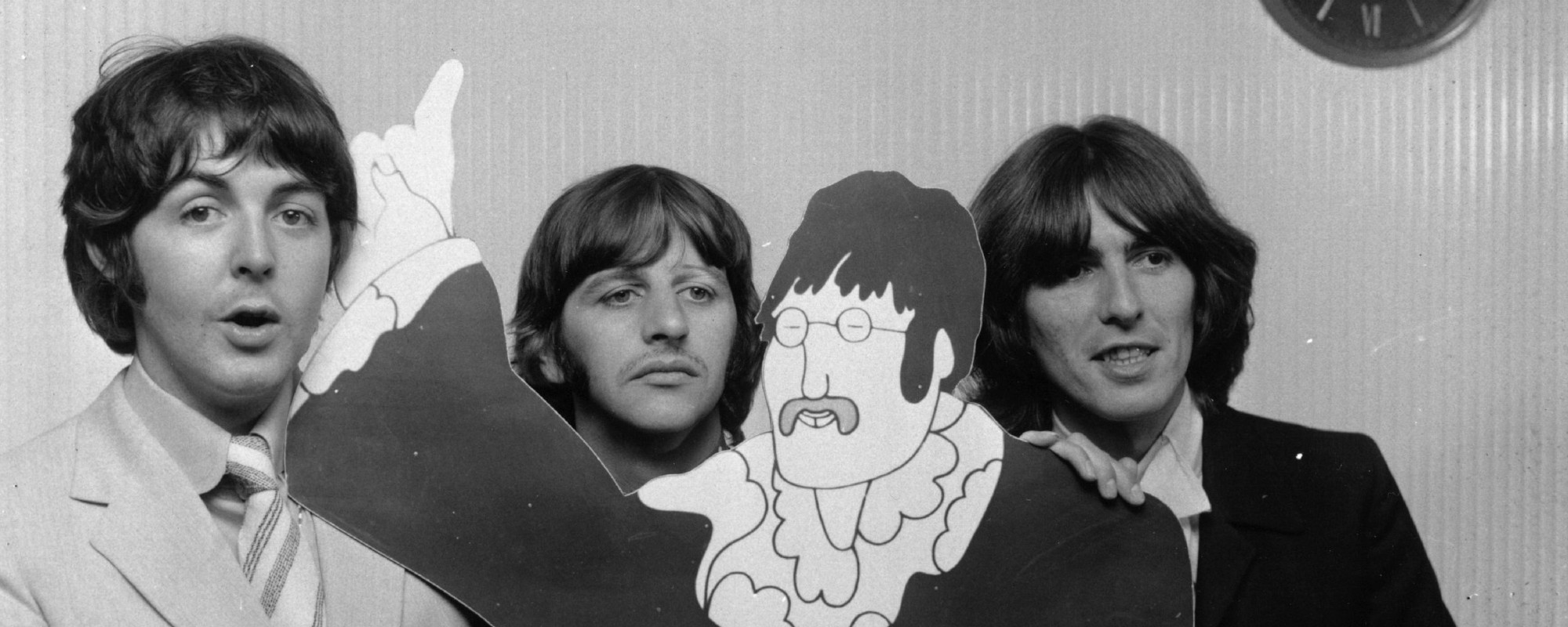
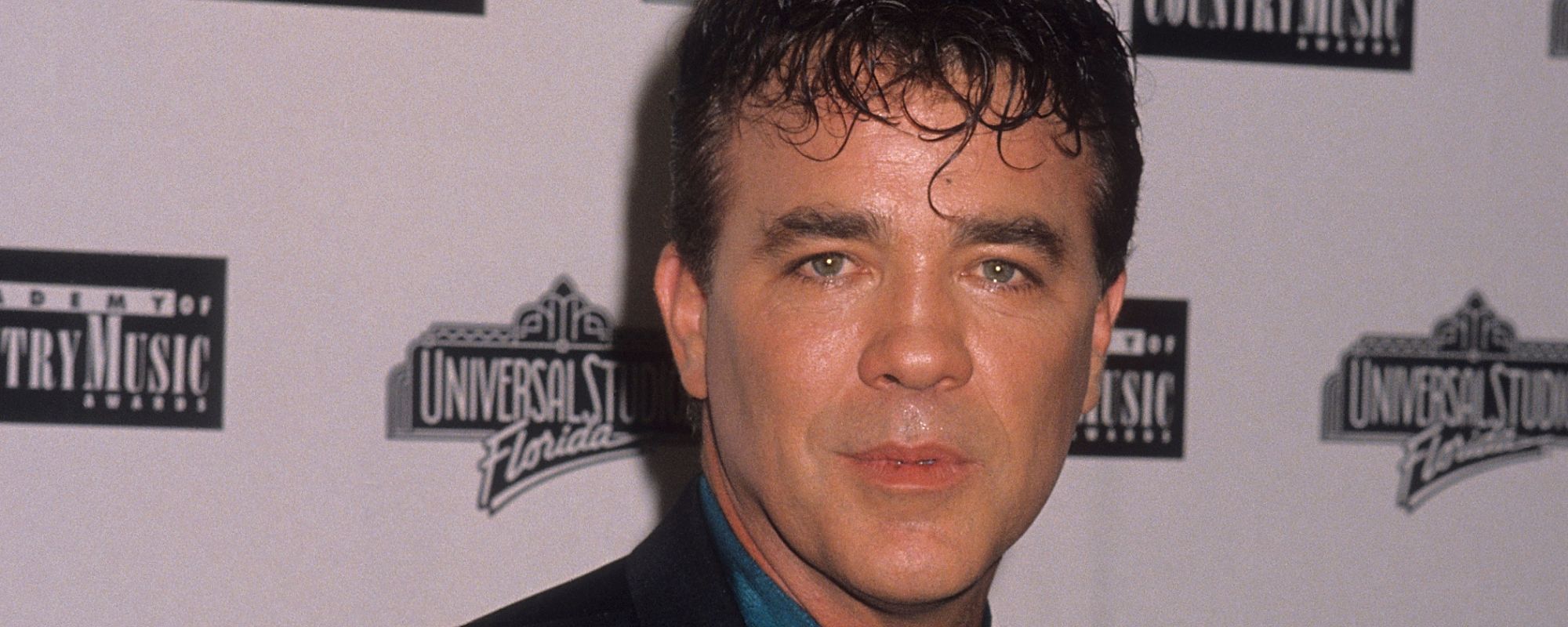


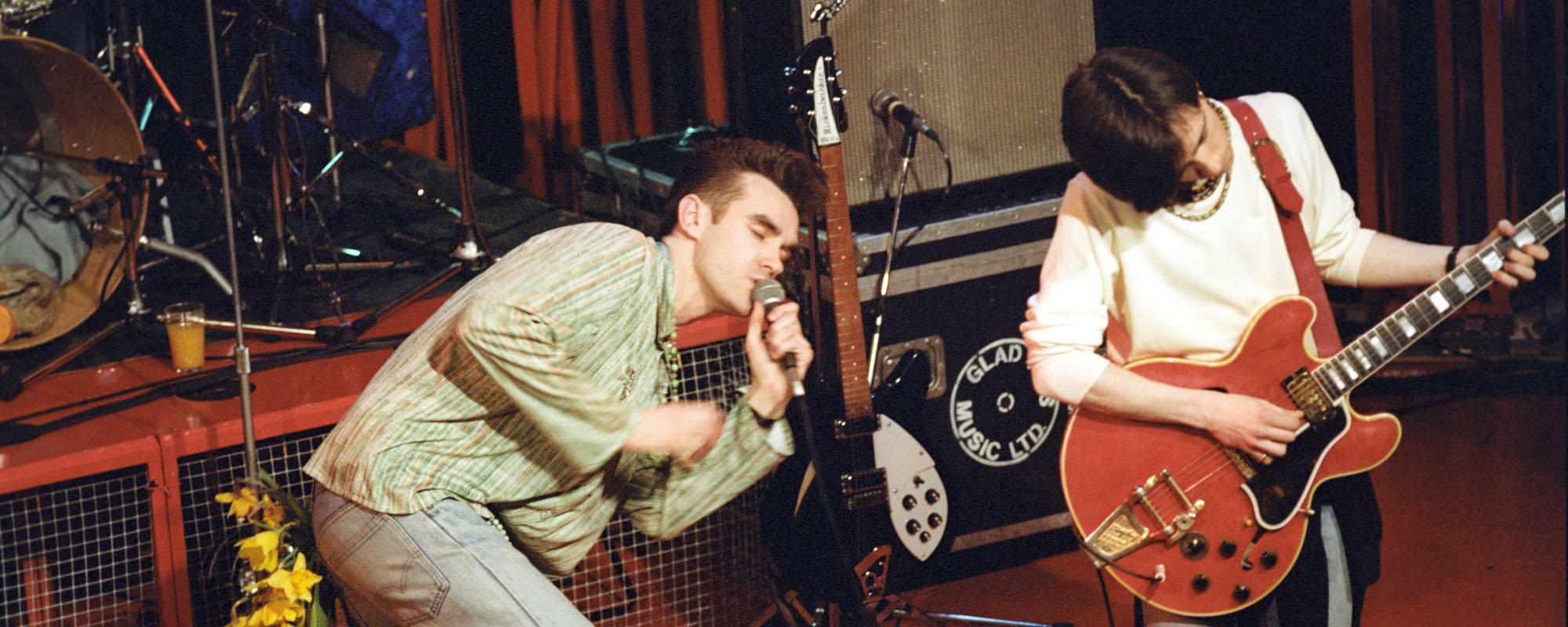
Leave a Reply
Only members can comment. Become a member. Already a member? Log in.